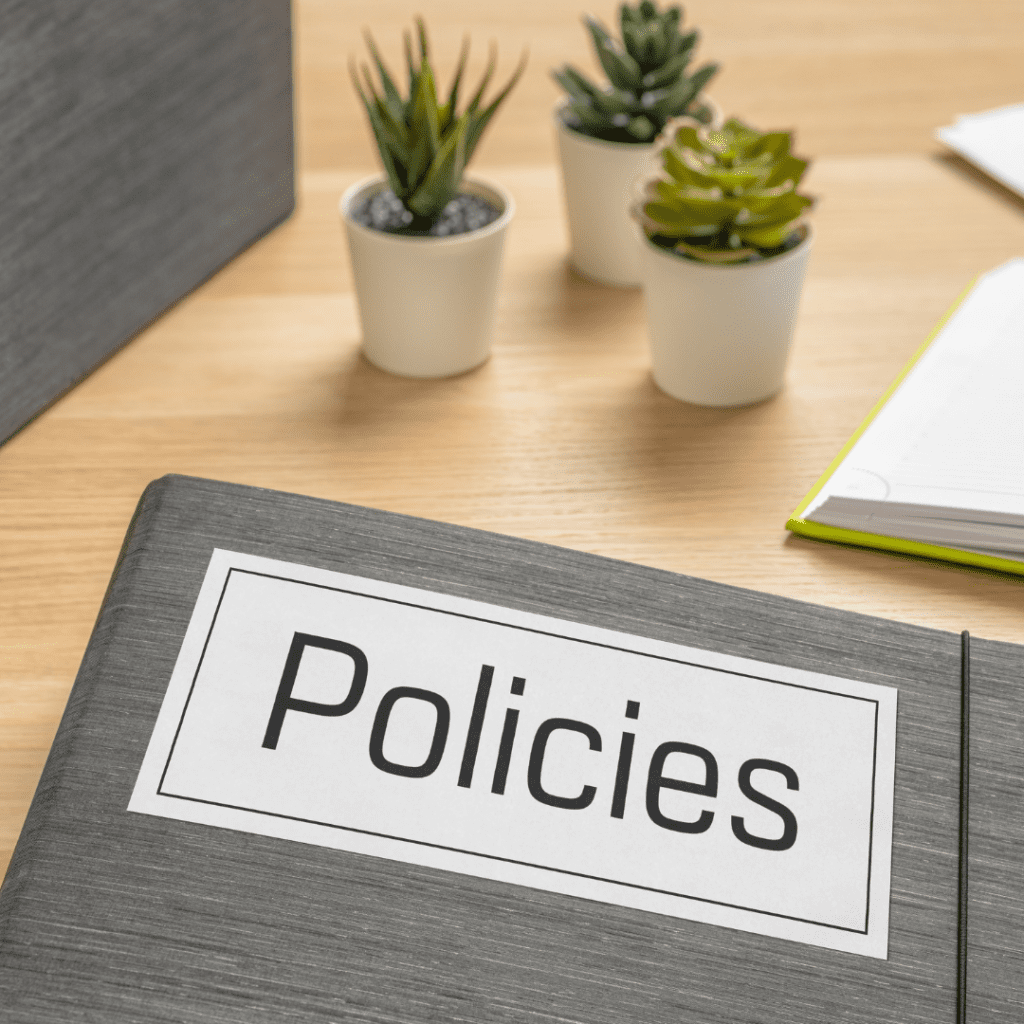A pain in the brain: Dealing with migraines at work

Migraines are a widespread and often invisible health challenge that many professionals face. Whether you’re a line manager, supervisor, team leader or small business owner, chances are you’ve worked with someone who experiences them—even if they haven’t mentioned it.
With an estimated 23.3% of adults aged 15-69 in the UK experiencing migraines and around 86 million workdays lost each year due to migraine-related absences and presenteeism (where someone is at work but can’t perform at their best), it’s safe to say that the impact on the workplace is huge.
In this blog, we share some practical tips for how you can better support employees who suffer from migraines in your organisation and help them to manage this debilitating condition at work.

What is a migraine?
A migraine is a type of headache characterised by intense, throbbing pain, often on one side of the head. It can be accompanied by other symptoms such as nausea, vomiting and sensitivity to light and sound and may last from a few hours to several days.
Migraines can significantly impact a person’s quality of life, and more than 90% of people who live with the condition say they can’t function well enough to work during a migraine attack.
However, with proper management and treatment, many individuals affected by migraines do find relief and can lead normal, productive lives.
Migraines in the workplace
In the UK, migraines impact one in seven individuals, and according to research by the National Migraine Centre, more than 50% of those suffering from chronic migraines feel that their employer does not provide adequate support. The clinic’s research also showed that 25% of sufferers had to change careers and 16% lost their job because of migraines and/or headaches, while 97% of respondents worked while in pain caused by headaches.
The effects of migraines and headaches on work are often overlooked, underestimated and misunderstood by employers, with many sufferers downplaying their symptoms to avoid jeopardising their job security, which only adds to their stress and discomfort.
It’s clear that there’s a real need for greater awareness and understanding of migraines in the workplace. By recognising the challenges that migraine sufferers face and offering better support, employers can make a huge difference to the wellbeing and productivity of their teams.


Creating a migraine friendly workplace
For most people with migraines, the condition shouldn’t prevent them from finding and keeping a job. However, there may be instances where it has an unavoidable impact at work.
Here, we outline some general considerations for employers looking to provide better support for employees who experience migraines.
- Accommodate flexible or remote working to allow them to manage migraine triggers and symptoms.
- Provide quiet, dimly lit areas for employees if they experience migraines.
- Ensure workstations are ergonomically designed to reduce eye and muscle strain and prevent headaches.
- Maintain good ventilation – dry and stuffy environments can sometimes trigger migraines.
- Hold regular one-on-one meetings to discuss employees’ needs and limitations.
- Support and encourage employees to manage their health with regular rest breaks, healthy eating, good sleep and stress relief practices.
- Offer access to specialised health resources and support services, like occupational health consultations.
Depending on their severity and frequency, migraines may be classed as a disability under the Equality Act, meaning that employers have a responsibility to make reasonable adjustments to support the employee.
Another thing to consider is implementing a specific migraine policy. While many employers already have policies for managing sickness absence, migraines can be unpredictable and significantly impact an employee’s absence record, especially if they have to have several short-term absences.
In summary, a few well-considered workplace adjustments, combined with a supportive manager and a positive work environment, can significantly reduce migraine-related challenges and help foster a more inclusive workplace where everyone can thrive.

Is your organisation equipped to support employees struggling with migraines?
At Medigold Health, we understand that migraines can impact both productivity and employee wellbeing. From support with sickness absence management to manager awareness training and advice on workplace health policies, our services can help you create a healthier, more supportive workplace.
Contact us here to find out more.
Additionally, feel free to download our “10 Ways to manage your migraine in the workplace” handout to help support your employees.
The Latest from our Blog…
Check out our blog for all of the latest news, events and updates from Medigold Health.
-

Raising the bar on support: Alcohol Awareness Week at work
Talking about alcohol isn’t always easy. For many, it’s seen as a way to unwind after work or bond with colleagues. But it can also be a hidden driver of health issues such as anxiety, poor sleep and low energy, all of which can have a knock-on impact inside the[...]
Read More -

Breaking barriers at work: How I thrive with a disability
July marks Disability Pride Month – a time to recognise, celebrate and amplify the voices, stories and achievements of disabled people. It’s also an important opportunity for us, as a community and a workplace, to continue learning from one another’s lived experiences and to reflect on what more we can[...]
Read More -

What is Mental Health First Aid training?
This blog is written by Barrie Norman Jnr – Senior Mental Health First Aid and Suicide First-Aid trainer, and Operational Lead. Mental Health First Aid (MHFA) training isn’t just another tick-box course. It’s about building a workplace culture where people genuinely look out for one another. Where mental health is taken as[...]
Read More





